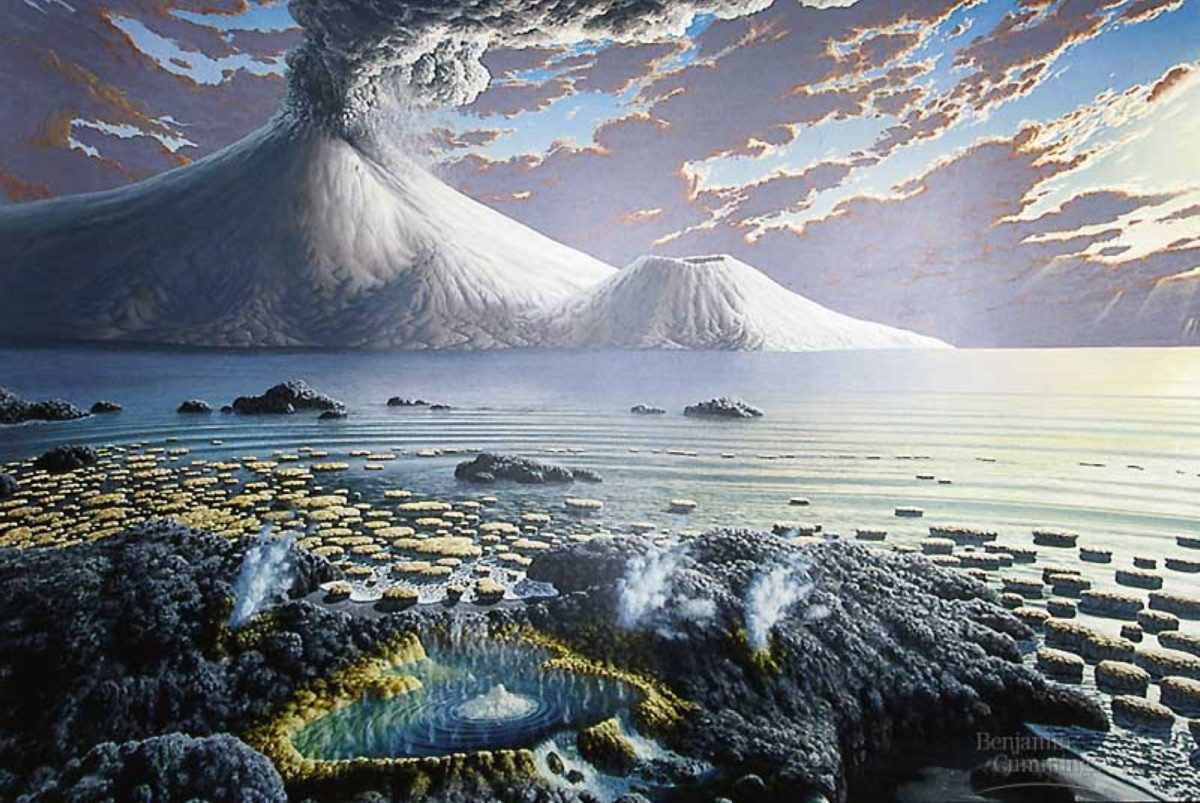Kate Howells • Mar 23, 2023
What the search for aliens can learn from life on Earth
The Universe is a big, diverse place. The planets and moons we’ve observed so far have shown staggering variety, from frozen snowballs to volcanic hellscapes, gas giants to tiny moonlets. Given the diversity of planetary bodies, one could reason that if life is abundant in the Universe, it may also be extraordinarily varied. Still, the only life we know anything about is the life we have here on Earth.
With only one planet’s beings to inform our understanding of life itself, are humans limited in our ability to look for and identify living things that might be totally different from the life we know? You might think so, but astrobiology — the interdisciplinary study of life in the Universe — can learn a lot from the life we see on Earth.
What are we looking for?
In the search for life, the first step is to know what you’re looking for, or at least what it does. This isn’t as easy as you might think. Biologists have identified things that life forms on Earth have in common — including ordered structure, reactions to stimuli, the metabolism of nutrients into energy, the capacity for growth, the ability to reproduce and evolve, and others — but this list doesn’t perfectly unite all living things or exclude everything we consider inanimate. Fire transforms energy, for example, and crystals have ordered structure and can grow. Some living things grow too slowly to measure, or go through periods of dormancy where they stop metabolizing or reacting to stimuli altogether. So even knowing what criteria have to be met for a thing to be considered living is complicated, although scientists have made efforts to establish some standards.
Because the definition of life is hard to pin down, we also don’t have a perfect set of criteria for detecting extraterrestrial life. In an interview with Planetary Radio, Britney Schmidt, associate professor of Astronomy, Earth, and Atmospheric Sciences at Cornell University, discussed this challenge: “How do we all agree when something has actually been found or something has been achieved?... If you ask a biologist or you ask a chemist or you ask a planetary scientist, you might get a different answer.”
The building blocks of life are more universal (at least, universal to Earthlings). Carbon compounds form the basis of life’s chemistry; DNA and RNA carry and replicate genetic information; amino acids make up the proteins that are involved in almost every biological process; energy sources such as sunlight or glucose are required. So when looking for places in the Universe where life might exist, astrobiologists look for the presence of these components. But once again, it’s not that simple; extraterrestrial life might have totally different chemistry, and astrobiologists have proposed possible alternatives for each of these building blocks.
Altogether, it’s hard to pin down what exactly to look for in the search for life on another world. Living things on Earth defy any unifying definition, and even if life as we knew it were easily defined, it wouldn’t necessarily describe life that we’d find life elsewhere. But with all those caveats established, the search for life must go on. And given our understanding of the worlds of our Solar System and beyond, astrobiologists do have a few ideas for what we might want to look for.
Where are we looking for life beyond Earth?
Scientists still aren’t completely sure how life began on Earth. The prevailing theory is that 3.5 to 4 billion years ago, simple compounds came together to form more complex ones, including amino acids and sugars. These then gradually combined to form even more complex molecules, including RNA — the first molecule capable of copying itself. Through self-replication and mutation, RNA gradually evolved to become more complex and eventually gave rise to the first simple, single-celled organisms: the first living beings.
Where this happened is up for debate, but the most likely location for life’s emergence is our planet’s oceans. Heat from hydrothermal vents on the sea floor could have provided the energy needed to spark the earliest metabolic processes, turning non-living ingredients into living things. And indeed, genetic research has suggested that the last common universal ancestor of all life on Earth was a thermophile, meaning it thrived in hot environments. And some of the oldest physical evidence of life we have consists of fossilized microorganisms that lived in hydrothermal vents about four billion years ago, soon after the oceans themselves first formed.
It’s no surprise, then, that when planetary scientists discover oceans that may have hydrothermal vents on other worlds, astrobiologists pay attention. Planets and moons that have the same conditions that led to the emergence of life on Earth merit exploration just in case that same process has happened there. Jupiter’s moon Europa and Saturn’s moon Enceladus both have subsurface oceans that may come into contact with hydrothermal vents on rocky sea beds, perhaps ideal kitchens for cooking up life.
Liquid water itself is another major criterion in the search for potentially habitable worlds. Although an alternative solvent is theoretically possible, every single life form known to exist has one thing in common: a dependence on liquid water. Water is the solvent of life, meaning it is used to dissolve substances and carry them into and out of cells. This is how we turn food into energy and get rid of waste in our systems, among other life-sustaining functions. Because water is one of the only things all life forms on Earth have in common, when we look for life beyond our planet we focus on places where liquid water is present. This is the interdisciplinarity of astrobiology. By studying both the fundamentals of biology and the worlds of our Solar System, we can focus our hunt for alien life on the places that are most promising.
For a long time, Earth was thought to be the only world in the Solar System with liquid water, but as planetary science missions explore more planets and moons, we continue to find it in more places. Although Earth is still the only local world with sustained liquid water on its surface, several icy moons of the outer planets have subsurface water oceans, and there’s some evidence that small amounts may also exist on Mars.
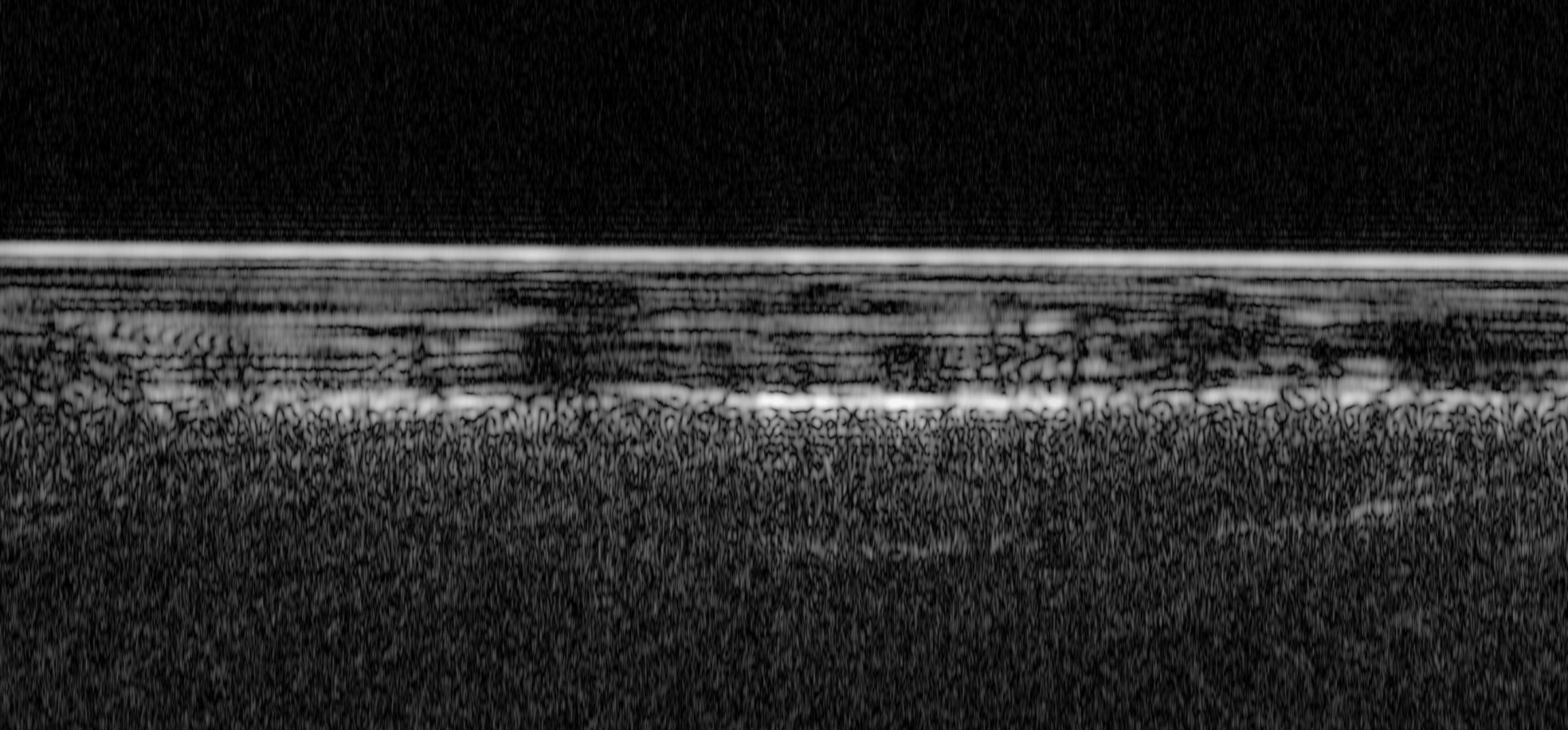
Earthly analogues for alien worlds
Before we send a mission to another world to search for alien life, it’s worth doing some groundwork here on Earth.
Although nowhere on Earth is identical to another planet or moon’s environment, there are places where conditions are analogous — similar enough in certain respects to be worth studying. Parts of Antarctica, for example, are cold, dry, and wind-swept in similar ways to the Martian surface. Mono Lake in California has highly alkaline and salty waters, which may be similar to the subsurface oceans of Saturn's moon Enceladus. Dallol is a volcanic region in Ethiopia with sulfur springs and searing temperatures, similar in ways to the surface of Venus.
Scientists study these and other planetary analogues to learn more about what is possible in the conditions we think exist on other worlds. And because life is abundant everywhere on Earth, we can study the particular life forms that live in these analogous environments to get a sense of how life might function in its own alien home.
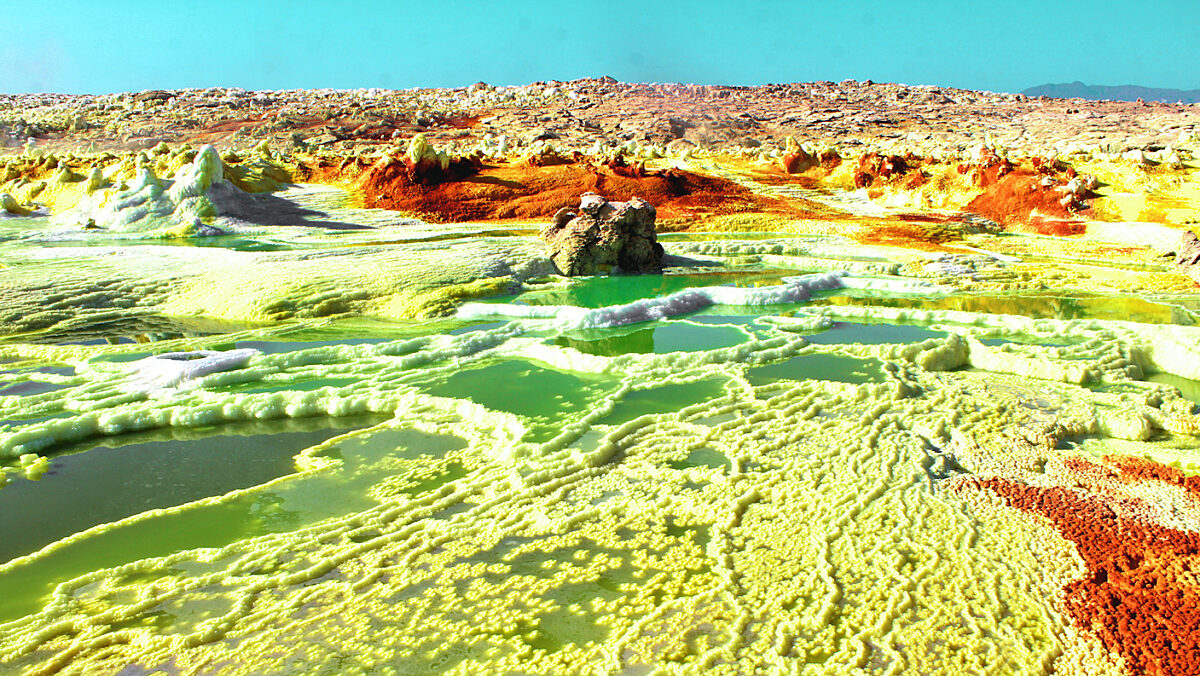
What kinds of aliens are we looking for? (Spoiler: they might be smaller than you’d imagine)
For the first three billion years of life’s existence on Earth, it was all microscopic. To this day, microbes still make up a large portion of Earth’s biomass. A 2018 study published in the Proceedings of the National Academy of Sciences estimated that the total mass of all bacteria on Earth is likely 35 times that of the total mass of all animals.
Because they represent an early and longstanding stage in the evolution of life, microbes are the most likely kind of organism we’d find on other worlds. Within our own Solar System, we can be quite certain that there aren’t large-scale life forms living on planetary surfaces — we’d have seen them by now. So the search for life within our cosmic neighborhood focuses on the search for microscopic aliens.
Microbial life also seems the most adaptable to the conditions we see on other worlds. In the extreme, apparently inhospitable environments of planetary analogues, the life forms that thrive are microbes. Fittingly, these organisms are called extremophiles — lovers of the extreme. They are microscopic life forms that have adapted to survive and thrive in conditions that would kill most other creatures. Extremophiles have been found that can survive very high and very low temperatures, high levels of radiation, intense pressure, and extreme salinity or acidity. Perhaps the most famous extremophile is the tardigrade, a microscopic animal also known as a “water bear” that has proven to be able to survive in the vacuum of space. “At this point,” says Lexi Mollica, a PhD candidate at the University of Guelph in Canada who studies microorganisms living in the sub-zero temperatures of the Canadian Arctic, “there’s nowhere on Earth that microbes seem unable to grow.”
The existence of extremophiles shows us that life is capable of surviving in the harsh conditions that exist on other worlds. And by studying them, astrobiologists can learn more about what kinds of life forms we might be looking for when we explore these alien places. Mollica, for example, studies cryophiles — microorganisms that thrive in the sub-zero temperatures of the Arctic permafrost. Because there is a layer of permafrost underneath much of the surface of Mars, learning about these cryophiles could inform our efforts to detect Martian life. “Understanding the adaptations that microbes use to exist in these cold environments can be applied to many more places,” she says, including the Solar System’s icy moons.
How do we look for signs of life?
Although microbes are too small to see with the naked eye or with spacecraft cameras, their presence can be detected indirectly. “Microbes are very impacted by the environment, and conversely have a major impact on the environment around them too,” says Mollica, “The evolution of microbes on Earth completely changed the planet.” An example: microbes adding oxygen to the atmosphere. Characteristics like lots of oxygen in an atmosphere are potential biosignatures, indicators that living processes might be taking place.
Although finding biosignatures in rocks or water would be fantastic, we’re more likely to detect them in planetary atmospheres if we find them at all. Telescopes on Earth and in space can measure the composition of a world’s atmosphere from a great distance, looking for evidence of gasses like oxygen that are not normally produced by geological processes alone. The James Webb Space Telescope may even be able to detect biosignatures in the atmospheres of planets in orbit around distant stars.
Even established biosignatures aren’t a guaranteed indicator of life, though. Molecules that are put into the atmosphere by life on Earth could be generated on other worlds by geological processes that we don’t yet understand. This is another example of the wonderful interdisciplinarity of astrobiology; planetary geologists have as much to contribute as microbiologists.
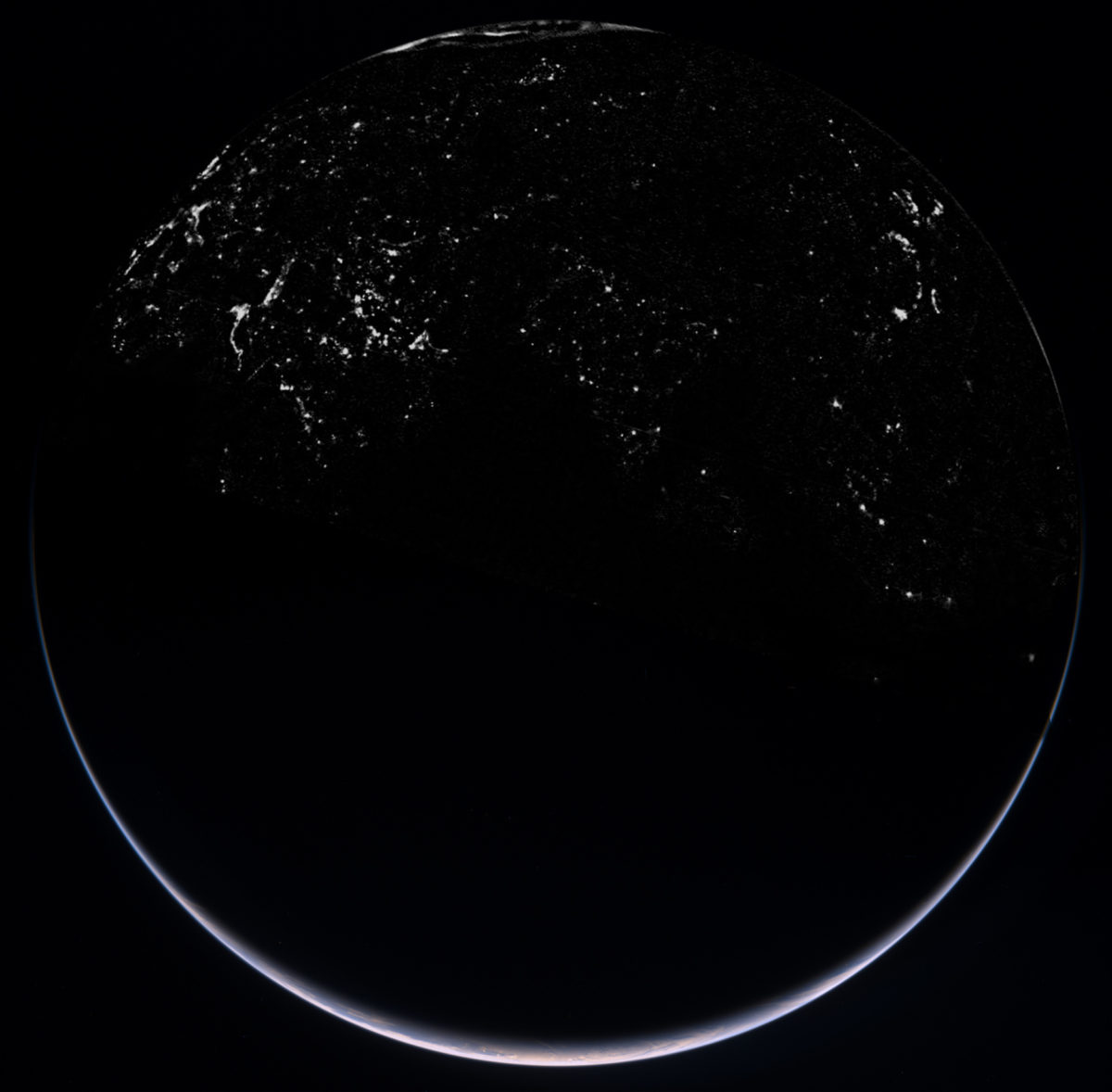
Listening for intelligent aliens
Beyond the search for biological signs of (most likely microbial) alien life, we also look for signs of technological activity from extraterrestrial beings. This field of study, called SETI (the Search for Extraterrestrial Intelligence), is based on the idea that if there are intelligent alien beings out there who have developed remote communication technologies, we might be able to detect the signals they are sending — perhaps even picking up messages they have sent in our direction on purpose.
SETI, like astrobiology, is grounded in what we see here on Earth. The technosignatures we look for — technological signs of life — are informed by the ones we create: for example artificial lights visible on Earth’s night side, industrial pollutants in our atmosphere, and the electromagnetic radiation we use to communicate. If we were to detect a radio signal coming from a distant world, this could be a less ambiguous sign of life than, say, the presence of a molecule in an atmosphere.
The search has only just begun
Humanity is still learning how to look for life beyond Earth, and we’ve had some false positives. In 1976, NASA’s two Viking landers performed experiments with Martian soil and reported signs of active metabolism, suggesting there were living organisms converting nutrients into energy. Those results have since been challenged. In 1996, a group of scientists studying a Martian meteorite that had fallen to Earth found structures that looked like microscopic fossils of bacteria, leading to huge excitement in scientific communities and the general public. This, too, turned out to be incorrect, although the structures themselves are still of scientific interest. And more recently, in 2020, researchers announced the detection of phosphine — a potential atmospheric biosignature — in the clouds of Venus, potentially indicating the presence of microscopic life. Once again, further studies have seriously challenged this claim.
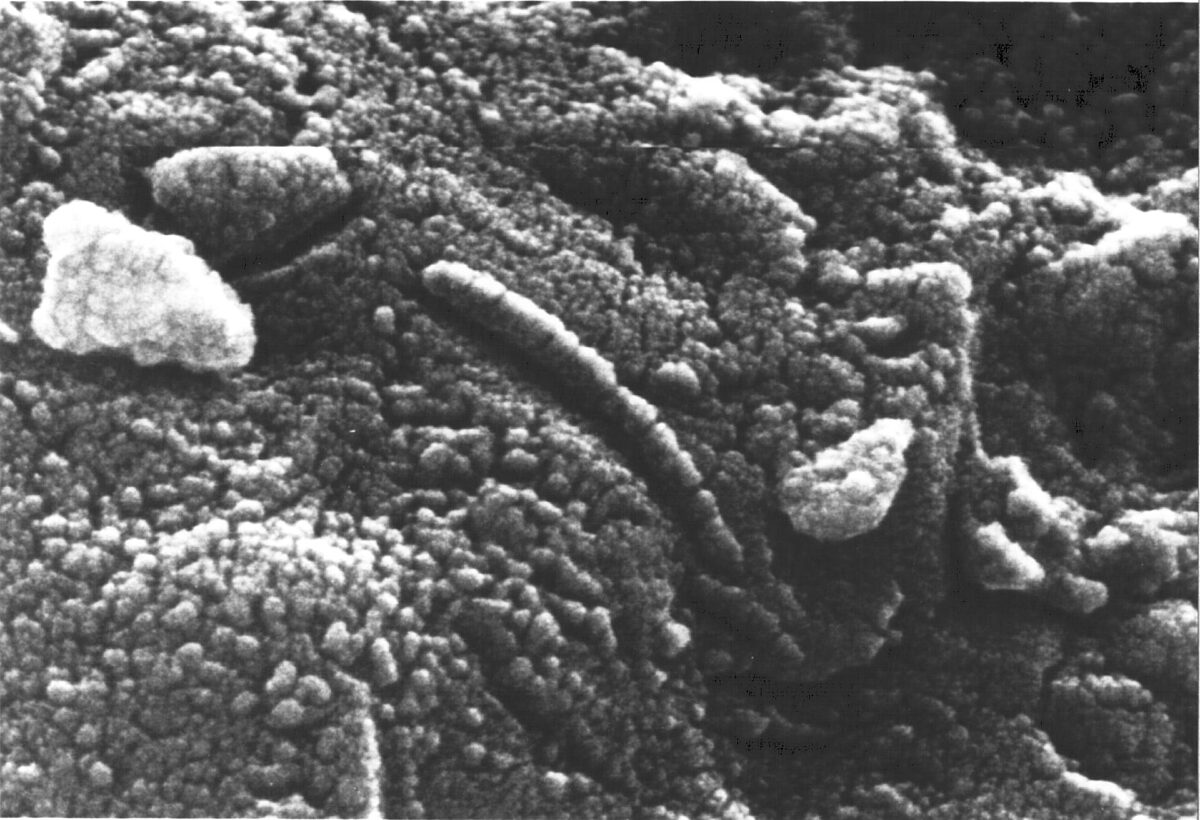
Every one of these disappointments was productive, in the end. They happened because of things we didn't know we were ignorant about, says Schmidt. “So we learned about that. There's a lot of value there.”
Our understanding of the astonishing diversity of life on Earth increases all the time too, as we develop new and improved scientific tools. “We’re broadening our understanding of microbiology with the growing field of bioinformatics and sequencing,” says Mollica. “99% of Earth’s microbes are unculturable, meaning they can’t be grown in a lab. Now we can take samples and extract DNA or RNA and sequence it to understand how those microbes can grow in these extreme environments. And we are learning more about bioinformatics every day. The field is evolving rapidly.”
More than just the search for life
Because astrobiology involves applying all kinds of other research — chemistry, microbiology, planetary science, and much more — to the effort to find life beyond Earth, that research always has inherent value in its own right. “Trying to understand life as we know it is just as important as finding life elsewhere,” says Mollica. “Extreme life on Earth is just cool in its own right.” And even when potential astrobiological discoveries disappoint, we are still growing our understanding of our Solar System, “and that’s never really disappointing.”
Mollica’s research with Arctic cryophiles also helps us understand how microorganisms are adapting to Earth’s changing climate. Schmidt, whose research often takes her to Antarctica, which is rapidly changing from increased temperatures, expressed the same sentiment: “Anything I can do to try to help figure out how to make this place a better place as we try to understand other planets, that really resonates with me… The preservation of our environment and our ecosystems and responding to the very real change that's happening as a consequence of our own actions is a very important part of it.”
In many ways, space science and exploration is about learning more about ourselves and our own planet. Where did we come from? Are we alone? And what is our future on this planet? Ultimately, the study of life on Earth and the search for life beyond both have things to learn from each other.
Support our core enterprises
Your support powers our mission to explore worlds, find life, and defend Earth. You make all the difference when you make a gift. Give today!
Donate

 Explore Worlds
Explore Worlds Find Life
Find Life Defend Earth
Defend Earth


